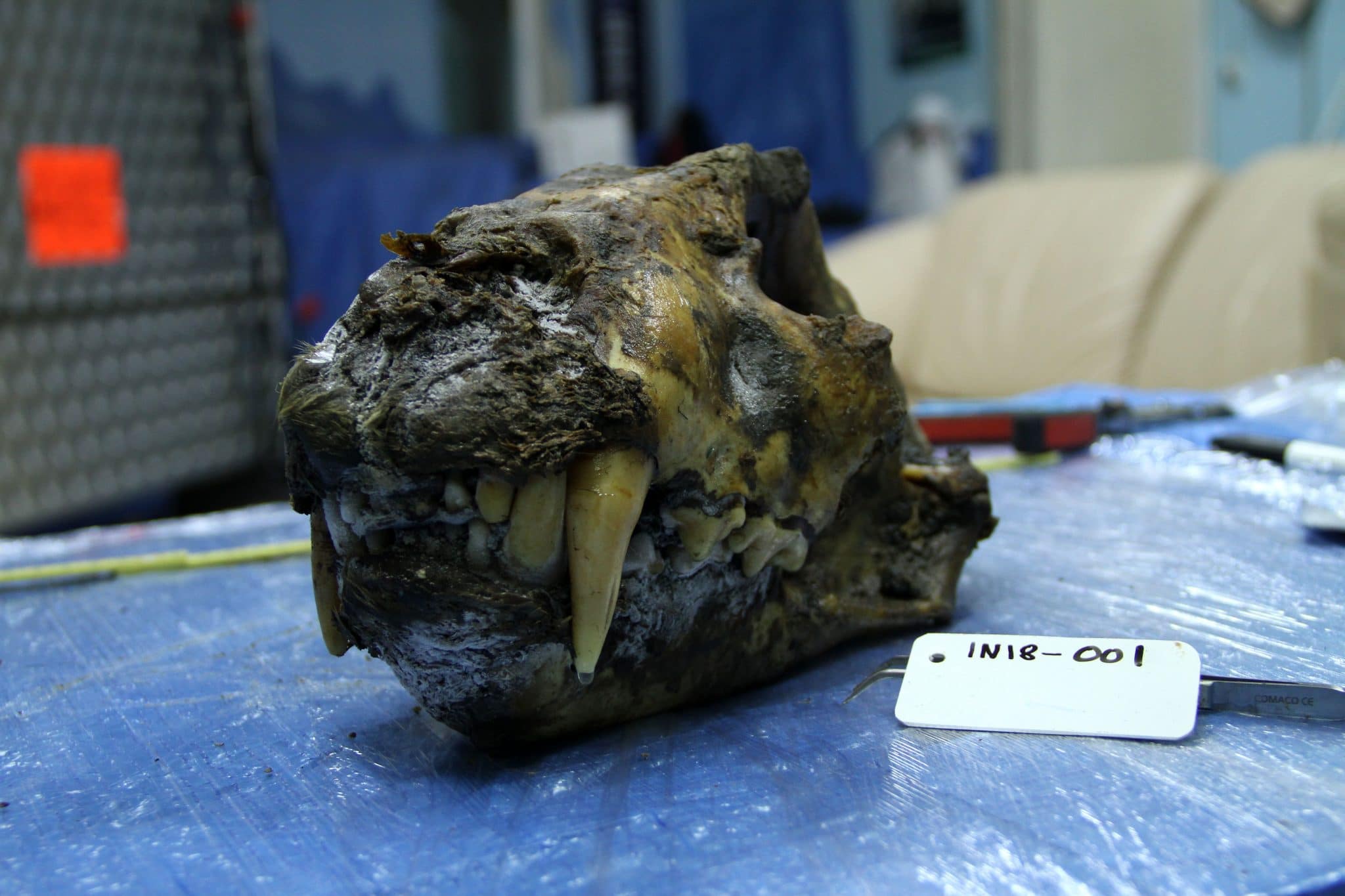Cave lion diversity explored in SciLifelab NGI facilitated study
Enabled by the SciLifeLab’s National Genomics Infrastructure (NGI), an international team of researchers found support for a previous hypothesis that cave lions and lions were distinct species, in a recent phylogenetic study. The report, which was based on mitochondrial DNA divergence, was published in Nature Scientific Reports.
Until some 14 000 years ago, near the end of the Pleistocene, the cave lion (Panthera spelaea) was an apex predator ranging across the entire Holarctic region – a massive area stretching all the way from northern Africa, to western Eurasia and up to the Beringia refugium (a historical land bridge between Russia and Canada, now submerged).
“It was known that cave lions used to be very widespread, but very little was known about how similar different cave lion populations were, and how that compares to the lions that are still alive today. Interestingly, cave lions appeared to have a large amount of genetic diversity – with evolutionary splits that predate those that we find between the most distantly related lion populations alive today. Some of these splits also align with differences that we see in cave lion morphology – i.e. how they look, with cave lions from Beringia (the area surrounding the Russian/Alaskan landmass) being smaller than those from Europe”, says first author Dave Stanton (The Swedish Museum For Natural History).

Using radiocarbon (14C) tip-dating (utilizing morphological and molecular data together to estimate evolutionary relationships) and the most up-to-date fossil stem calibrations, the researchers discovered a 1.85 million year divergence between cave lions and modern lions.
“Many of the samples used in this study were tens or even hundreds of thousands of years old. This DNA is often at very low concentration and degraded. Working with these samples, therefore, required very delicate laboratory techniques and advanced computational methods”, says Dave Stanton.
Together with the National Genomics Infrastructure at SciLifeLab, they analyzed 31 mitochondrial genome sequences from cave lion individuals and identified three distinct lineages, one represented by a single individual.
“Taken together, these results support previous hypotheses that cave lions existed as at least two subspecies during the Pleistocene, and that lions and cave lions were distinct species”, according to the report.
“This study brings up many new questions that future research will aim to investigate. Such as; why did the cave lions go extinct? Did they interbreed with the ancestors of modern lions before they died out? Did they have genes that were specific to cave lions that may give us some clues about what they would have looked like and how they differed from modern lions? This study provides the groundwork to be able to start investigating these questions”, says Dave Stanton.
Photo: Love Dalén





